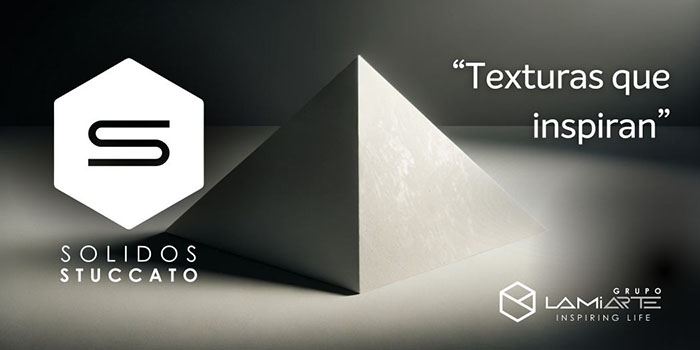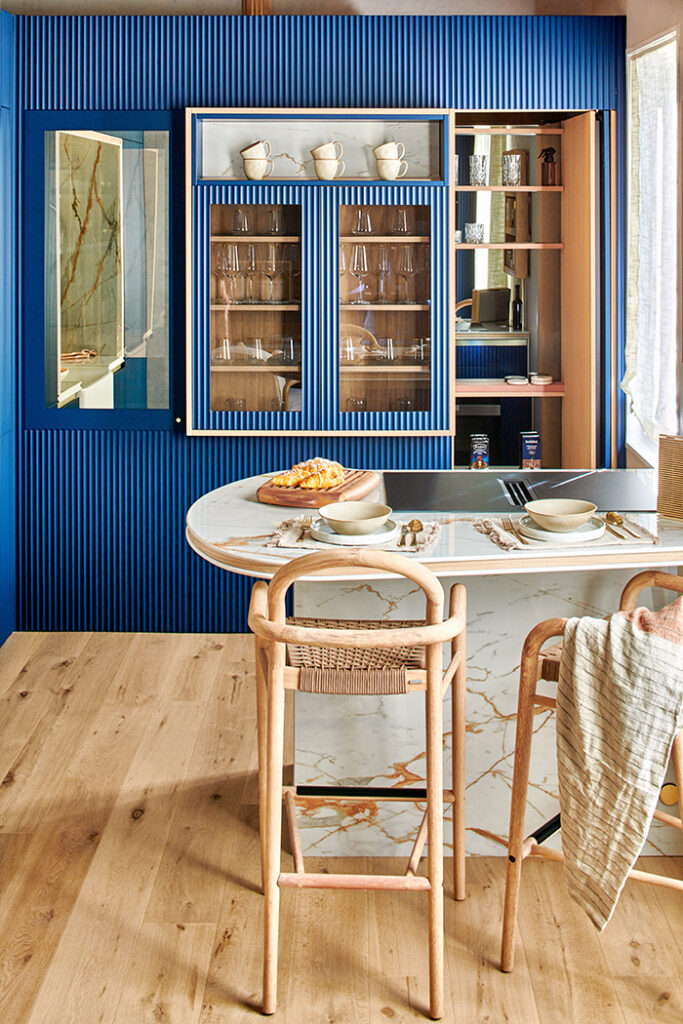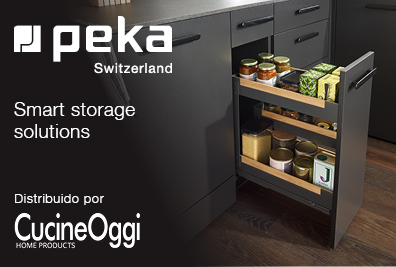20 marzo, 2013
The formed edges in a kitchen must be able to withstand extreme conditions in terms of adhesion and water resistance and have to deliver top performance on a daily basis. So, Häcker kitchen deploys the polyurethane bonding (PUR bonding) technique for all its PVC edges.

Based on its physiochemical curing, PUR bonding is extremely convincing due to its stand-out advantages: it creates considerably stronger adhesion between the wood material and the PVC edge, which dramatically increases the tensile strength. Furthermore, the connection is particularly thermally-resistant: to this end, PVC edges can also handle extreme heat impact during container transport in tropical countries without peeling off, for example. Furthermore, formaldehyde-free PUR bonding offers optimum protection against moisture penetration and – in the case of water-vapour testing – more than complies with the required three testing cycles of 30 minutes each.
Häcker is one of the few manufacturers that has already completed the switch to the PUR bonding system for front panels, carcass components and surrounding materials – both for the higher price segment ‘systemat’ product range and the ‘classic’ entry-level line. With this move, the company now complies with even the most demanding expectations of its customers and once again reaffirms its own high quality standards for high-end Made in Germany kitchens.
* For further information: www.haecker-kuechen.de
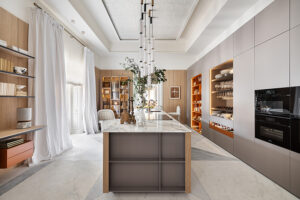


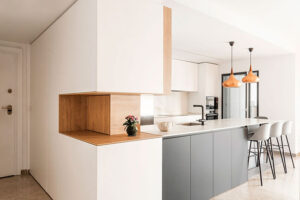

 HEMEROTECA
HEMEROTECA

